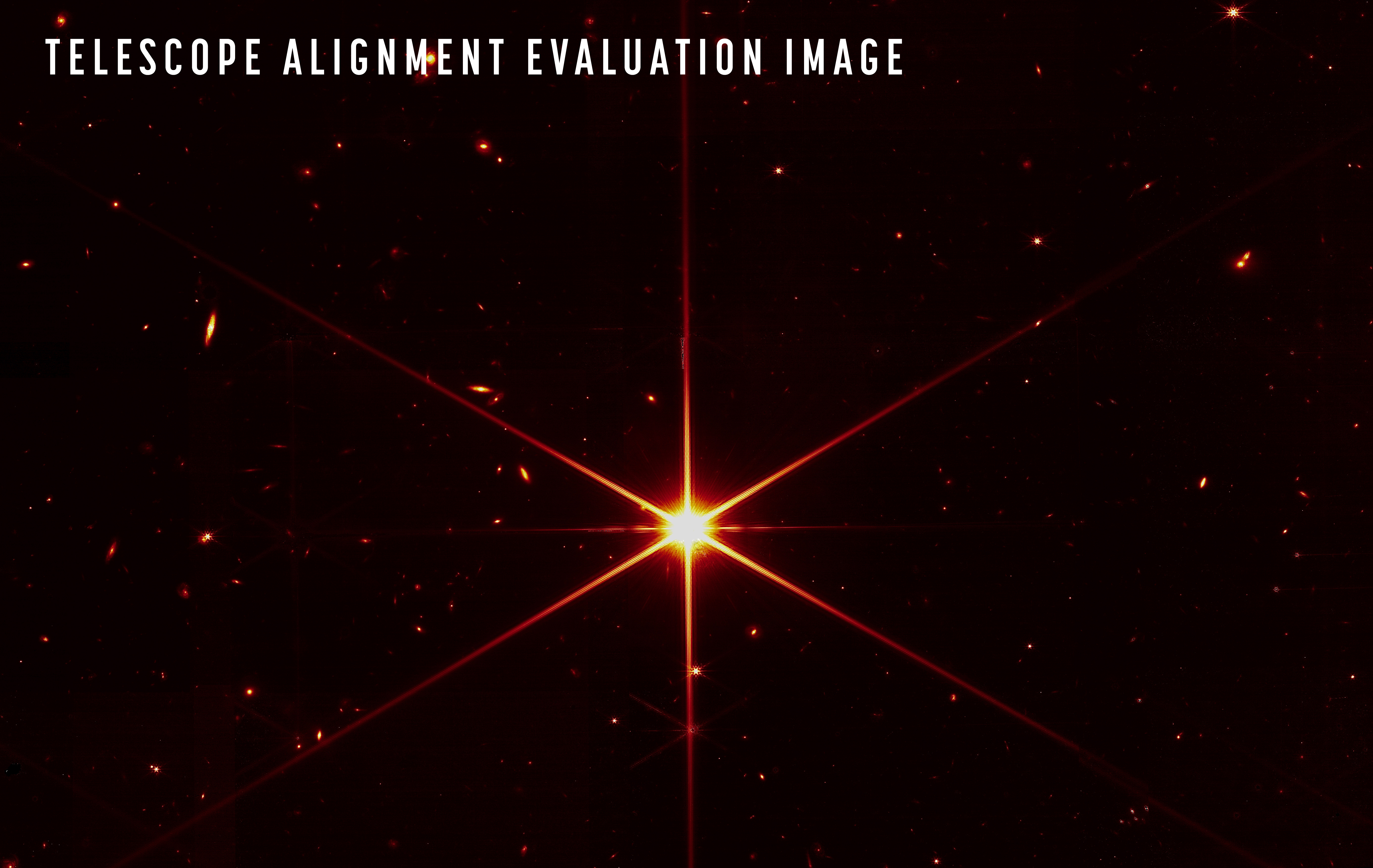I guess I always thought it was cold in space? I guess the ISS gets to 250 degrees and now the JWT is seeing 185 degrees? So one, really wouldn't freeze up, you'd boil to death in space (in the sunlight anyway)... Am I reading this right?
if you click where it says hot side or cold side it pops up and window and explains where the measurements are being taken. Basically depends if you're the shade or not it seems




